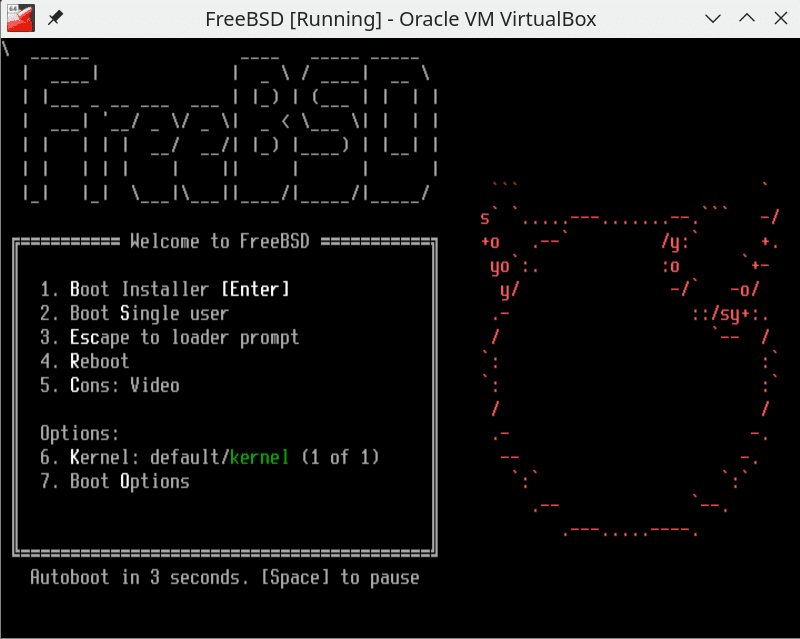The Berkeley Software Distribution (BSD) is one of the key pieces in the history of Unix-based operating systems. Developed by the Computer Systems Research Group (CSRG) at the University of California, Berkeley, BSD was a Unix distribution that, although discontinued since the 1990s, has left a deep imprint on modern computing. Its influence is still present in systems like FreeBSD, OpenBSD, NetBSD, and DragonFly BSD, which are direct descendants of this system.
History of BSD: The Beginning of a Revolution
The development of BSD began in the late 1970s, when researchers at Berkeley, led by Bill Joy, started modifying the original Unix code developed at AT&T’s Bell Labs. Berkeley’s goal was to add functionalities that were not present in the original Unix version, such as advanced networking tools. The first release, known as 1BSD, was in March 1978, although it was more of an addition to Unix Version 6 than a complete operating system.

Version 2BSD, released in 1979, introduced two tools that are still essential in Unix systems: the vi text editor and the C shell (csh). In the following years, BSD continued to evolve and improve, especially with the introduction of support for virtual memory in version 3BSD, which was released in late 1979 for Digital Equipment Corporation’s (DEC) VAX systems. This was one of the first implementations of Unix to support virtual memory management, making it a very robust platform for academic and research applications.
The Rise of BSD in the 80s and 90s
In the 1980s, BSD became the foundation of many commercial Unix systems. Companies like Sun Microsystems and Digital Equipment Corporation adopted BSD for their products. Berkeley’s socket system, which allowed network communication through protocols like TCPTCP (Transmission Control Protocol) is a protocol for trans…/IP, was crucial for the growth of the Internet, as it offered a simple and efficient implementation of early network protocols.
However, BSD also faced legal challenges. In 1992, AT&T filed a lawsuit against BSDi, a company that distributed a commercial version of BSD. The lawsuit was settled in 1994, allowing BSD versions to continue developing as open-source software. That same year, Berkeley released 4.4BSD-Lite, the final official version of the system, marking the end of BSD development at the university.
Modern BSD Distributions
Despite BSD being discontinued in its original form, its legacy lives on through several modern distributions that have adapted and expanded Berkeley’s work.
FreeBSD
First released in 1993, FreeBSD is one of the most popular and robust BSD distributions. It has focused on being a high-performance and user-friendly operating system, suitable for both servers and workstations. FreeBSD is known for its stability and its ability to handle large workloads, making it a popular choice for cloud services and network applications.
OpenBSD
OpenBSD was born in 1995 as a fork of NetBSD, and is known for its focus on security and cryptography. OpenBSD developers conduct thorough audits of their code to identify and correct vulnerabilities. Among their most notable contributions is OpenSSH, a widely used security tool for establishing secure connections between machines.
NetBSD
Also founded in 1993, NetBSD is known for its focus on portability. Its motto, “Of course it runs NetBSD,” reflects its ability to run on a wide variety of architectures, from embedded systems to high-performance servers. NetBSD is ideal for researchers and developers working on unconventional platforms.
DragonFly BSD
DragonFly BSD was released in 2003 as a fork of FreeBSD 4.8, with the goal of offering a scalable and modern architecture, especially in multiprocessor systems. It introduces an innovative approach to memory management and multi-core handling, making it suitable for high-demand infrastructures.
The Influence of BSD on Other Operating Systems
The impact of BSD goes beyond its own distributions. For example, Apple used the code from FreeBSD and 4.4BSD-Lite2 as the base to develop Darwin, the kernel of its macOS and iOS operating systems. Microsoft has also incorporated BSD code in the TCP/IP stack of its operating systems since Windows 2000.
Furthermore, specialized hardware operating systems, such as those of PlayStation consoles and the Nintendo Switch, use FreeBSD-based code. This demonstrates how BSD has influenced a wide range of technologies, from servers to entertainment devices.
The Future of BSD
Although BSD officially stopped being developed at Berkeley in the 90s, current distributions continue to evolve and improve. Thanks to its permissive license, its code is still being used and adapted by both open-source and proprietary software projects.
Today, BSD remains relevant for those seeking a stable, secure, and highly customizable operating system. While not as popular as Linux, BSD maintains a dedicated community and an impeccable reputation in environments where reliability and security are paramount.
Conclusion
The history of BSD is that of an operating system that has known how to adapt over time. From its origins at the University of Berkeley to its influence on modern operating systems like macOS and iOS, BSD has been a cornerstone in the development of computing. Current distributions like FreeBSD, OpenBSD, and NetBSD continue this legacy, offering robust and secure solutions for all kinds of applications.

